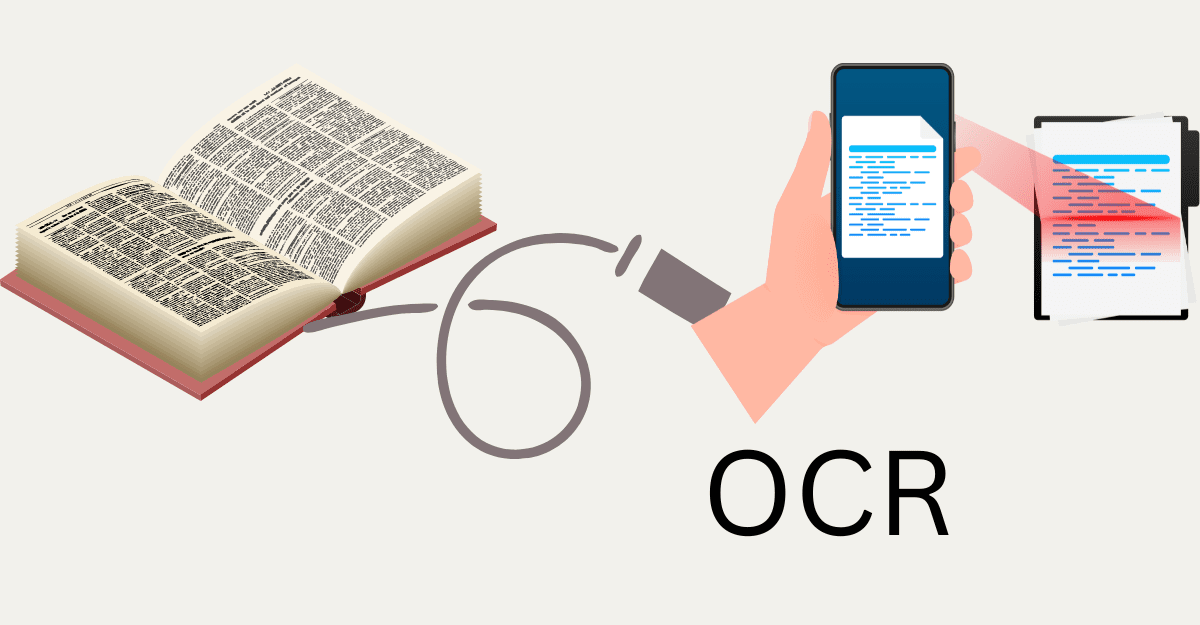
OCR Solution
Emailing documents is nothing new these days. Word and PDF documents can be sent and received instantly inside a single building and overseas. Companies now have simplified and faster procedures due to quick and digital connectivity.
A single message would take several hours or even weeks to send. If a company uses this form of communication, it cannot meet the needs of today’s clients. Now, customers prioritise swiftness as their top priority and will not compromise on it. A corporation will ultimately lose clients if it cannot provide quickness.
Identity verification services must welcome clients while offering them ease and convenience. Drop-offs may happen if there is even a single delay. Customers have the option to stop the procedure in these circumstances. Companies use the OCR solutions in IDV solutions to expedite the process.
OCR Solution – A Quick Overview
The OCR character reader is used to digitise information from hard copies. It automates the creation of hard copies and makes them customisable and readable on computers. Editing paper documents is challenging. However, soft papers can be quickly changed without damaging their value. People are moving toward paperless businesses to create a more environmentally friendly society.
Optical character recognition has no restrictions when it comes to digitising paper; it can read any writing style, typeface, and script. The OCR solution makes the cursive penned documents easy to read for the naked eye to interpret. This can pull information from the document types listed below.
- Computer Typed
OCR can be used to digitise documents that have been typed using a desktop computer.
- Handwritten
Human-written papers typically feature unrecognisable text and are exceedingly difficult to comprehend. The OCR document scanner can produce data extraction results identical to those from typewritten documents.
It only requires a picture of the papers that need to be scanned. When given an image of the ID document, the OCR technology can produce results quickly. In previous times, OCR just extracted characters and words from grayscale photos. However, with the advancement of technology and the incorporation of machine learning in OCR, it can now also retrieve information from colourful photos.
How Does OCR Work?
Pre-Processing
Pre-processing’s primary goal is to facilitate the OCR system’s ability to distinguish between typefaces and backgrounds.
Data Retrieval
Not all of the pages include information; some have merely blank spaces. It locates the zones where the data is present before extracting it.
Post-Processing
In this phase, post-processing removes the spelling errors. It searches for the best word to replace as it pulls characters from the picture. The standard OCR process did not have this option, but the improved AI integration can now perform this.
What are the Use Cases of OCR Technology?
The following are the use cases of OCR technology;
Logistics Industry
The logistics industry is responsible for the movement of goods, people, and information from one location to another. It plays a critical role in the global economy, ensuring that businesses and consumers have access to the products and services they need. However, this industry faces numerous challenges such as increasing demand for faster delivery times, rising fuel costs, driver shortages, and inefficient processes.
One solution that has emerged to address some of these challenges is Optical Character Recognition (OCR) technology. OCR technology converts scanned images of text into machine-readable data that can be processed automatically without human intervention. This technology provides significant benefits such as increased accuracy rates in data entry tasks, reduced processing time and costs associated with manual data entry errors.
The logistics industry has several use cases for OCR technology such as invoice processing automation, shipment tracking and identification of damaged goods.
Health Sector
Pharmacies, clinics, health insurance companies, and other businesses use the OCR solution widely. They handle daily paperwork, including medications, bills, and insurance claims.
Thus, information transferred to a digital format is significantly simpler to manage. There is only one click for every scan now. Furthermore, the OCR-extracted data is kept in the cloud to retrieve it from anywhere quickly and provides additional protection.
Final Thoughts
Businesses can make more intelligent judgments with the aid of data. Companies conduct consumer surveys, and they analyse their results to improve services. Since customers physically record their responses to surveys, the majority of the information is listed on paper. Furthermore, the data is entered into the computer to produce charts and graphs. OCR services relieve organisations by streamlining and digitising the whole data-gathering procedure. Because now, time and effort may be saved, companies can adopt more creative strategies. Businesses can simplify organisational processes with the help of an OCR solution.






